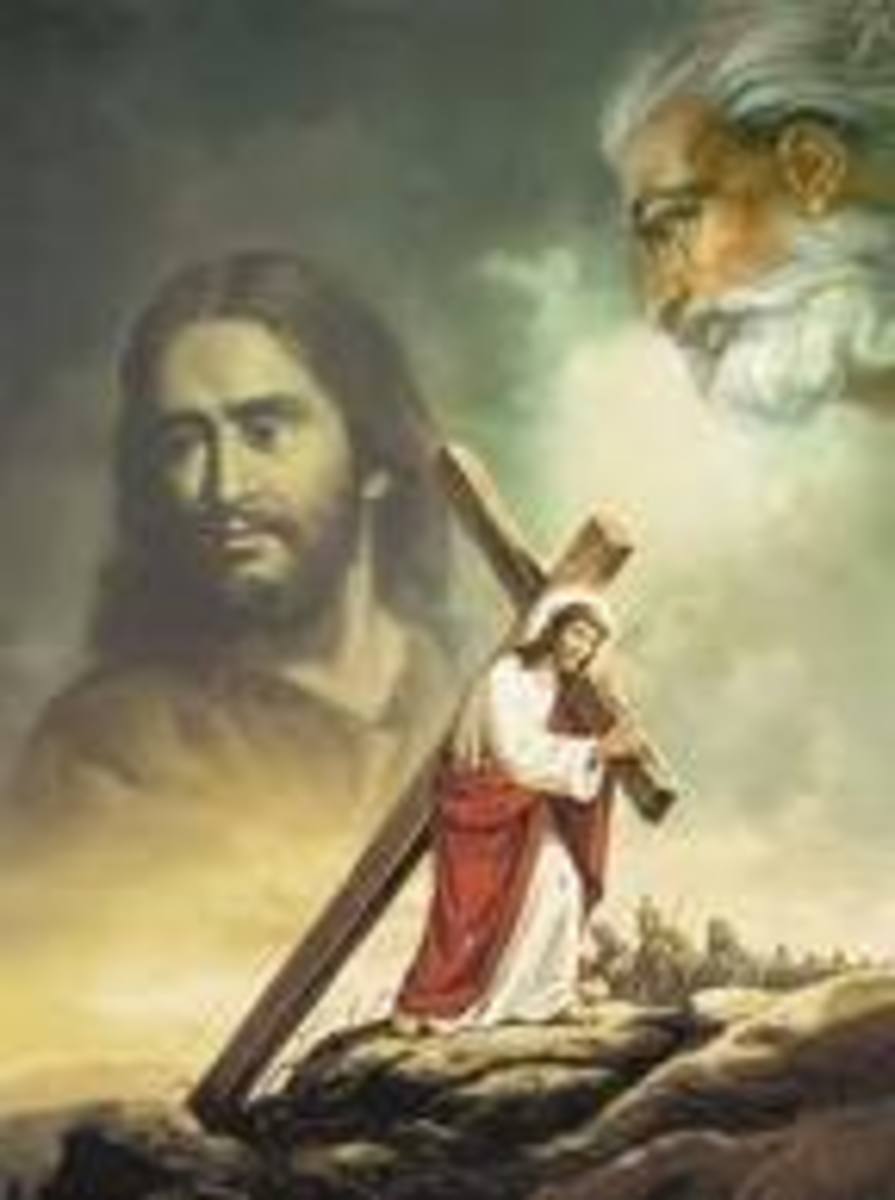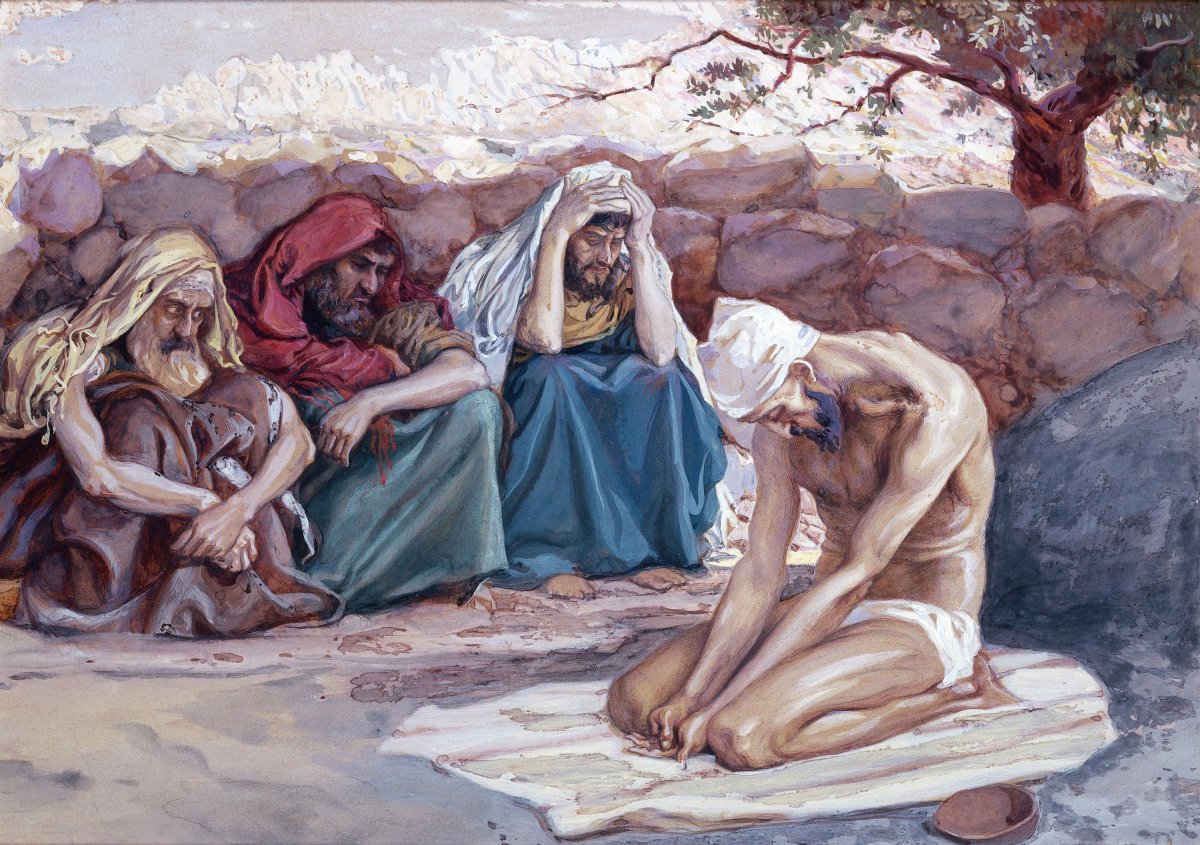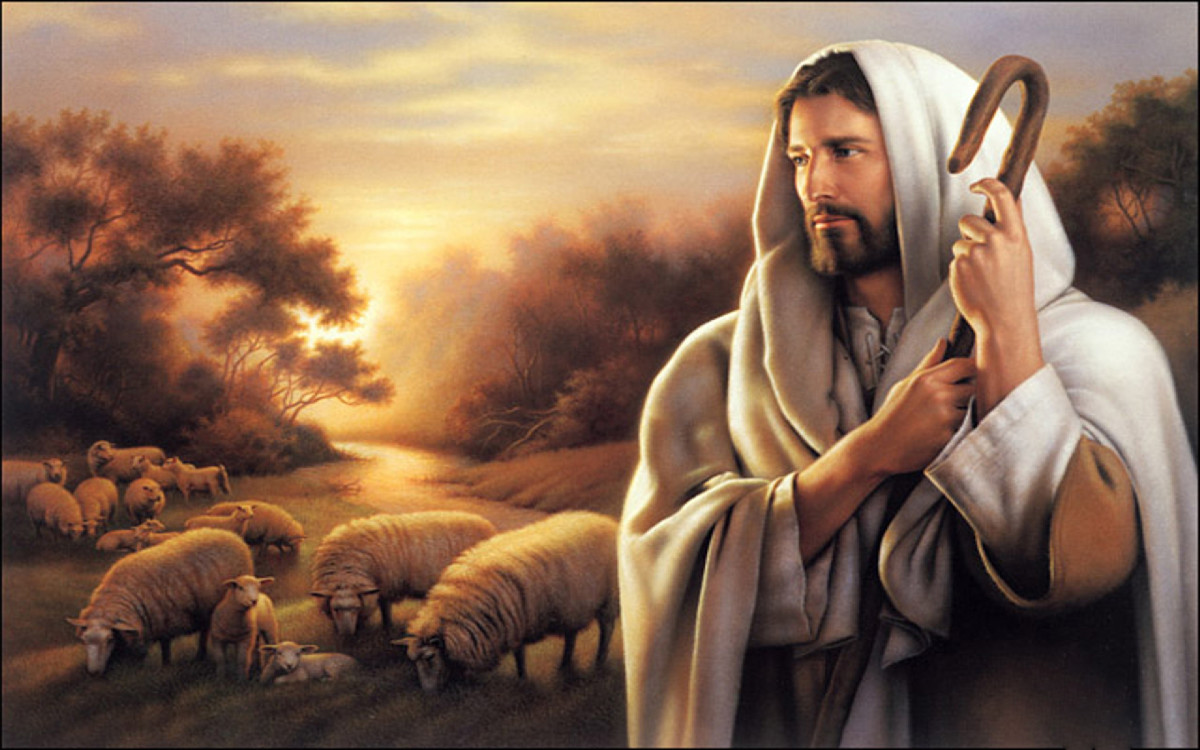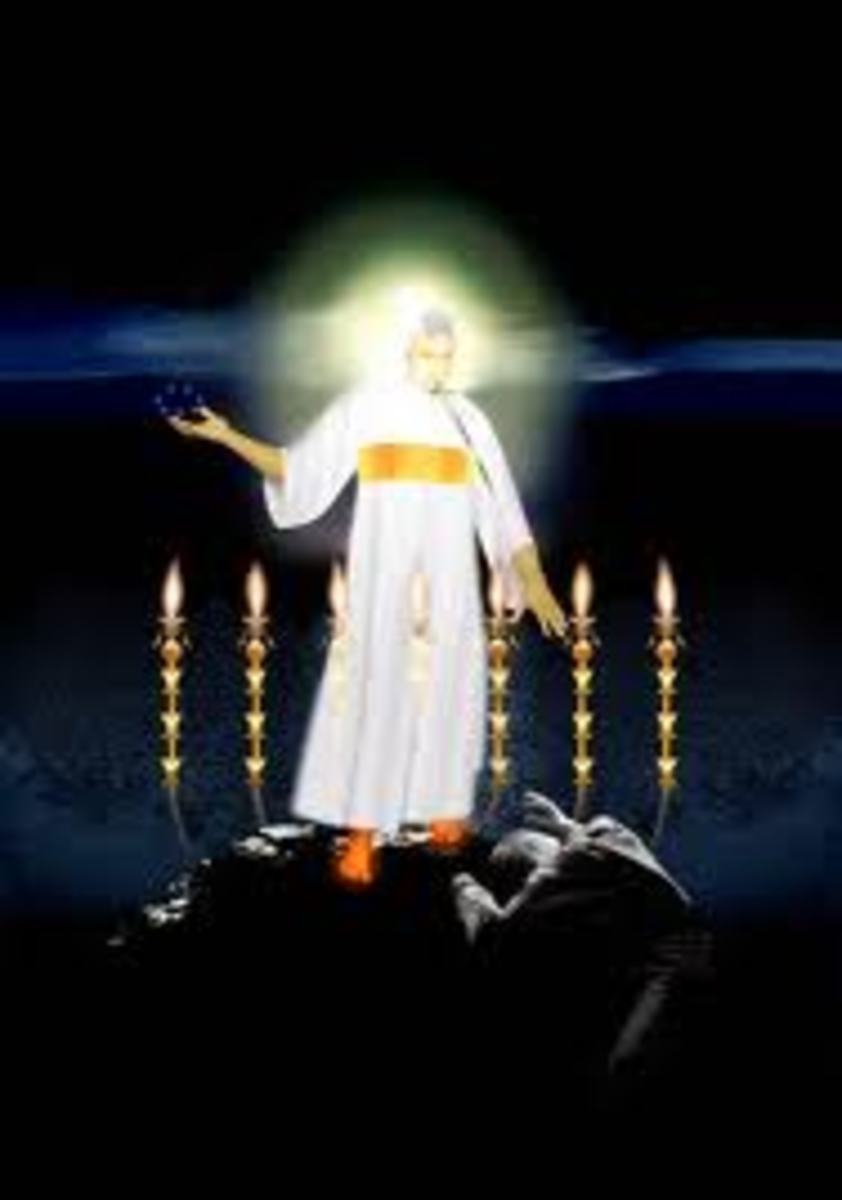The Theology Of Revelation

The Calm, Crisis and Catharsis of Revelation
Apocalyptic writings flourished during the Second Temple period. This literary form/linguistic convention was not only found in Judaism, but also abound in other ancient Mediterranean and Near Eastern religions, inclusive of Christianity.[i] The word ‘apocalyptic,’ from the Greek for ‘revelation,’ discloses divinely hidden mysteries unknown to humankind, through reported visions and, on occasion, its interpreted meanings. In the book of Revelation, the essence of apocalyptic is clearly seen through a sequence of disclosure: “God—Christ—angel—John—the servants of God.”[ii] John the author and seer, by the prompting of God’s Christ through an angel, is invited to pierce the veil between heaven and earth to view a transcendent perspective of this world and speak directly of its imminent end.[iii] His divine encounter yields all sorts of secrets to those who have ears to hear. It brings forth new ways of worshipping the true God for those who are called to conquer, and steals glimpses into the future deliverance of the people of God who will ultimately overcome. John perceives this coming restoration in the new age. He utilizes the language of drama with panoramic backgrounds and cosmic images in vivid and highly metaphorical colors.
Revelation stands in the tradition of Jewish apocalypses,[iv]the literature of the oppressed. The author seeks to address the apparent abandonment of God’s people and promises in a world where the righteous suffer and the wicked flourish. The author sets out to answer the apparent contradiction between the sovereign rule of God over and against the pagan rule of the Roman Empire over the world.[v] This powerless, political prisoner on Patmos claims to have the ‘inside story’ of God’s divine plan[vi]and hides his ‘crack troops of a text’ inside a ‘wooden horse of a letter.’[vii] In the process, he enables his readers who are deep within enemy territory, to steal a march on their opponents and secure a fort in their struggle.[viii]
This paper is structured around three quite general movements of Revelation: the calm in the eye of the storm, crisis and the opportunity of the church, and catharsis in the purgation of the enemy.[ix] This suggested grouping captures the cyclical flow of human life as it is actually experienced in John’s vision. For human life consists of periods of orientation, disorientation and reorientation.[x] John writes along the theme of hope for the people of God in the satisfaction of the hopeful that Jesus is the one “who is and who was and who is to come” (1:4), the season of the hopeless is that the worthy Lamb is “slaughtered...and ransomed for God” (5:9), and the surprise of renewed hope that the Word of God is the “King of kings and Lord of lords” (19:16).
Calm In The Eye Of The Storm
In the first movement, John comes face to face with visions of “several distinct and memorable portraits of Jesus:”[xi] the satisfaction of the hopeful. Although Revelation is predominantly focused on the future, Michaels observes that it is replete with “an undeniable christology”[xii]describing it as “the revelation of Jesus Christ” (1:1). Jesus, being the source and seal of Revelation, is the one “who is, who was and who is to come” (4:1). At the very beginning, John writes, “The time is near” (1:3), for the divine judgment of Christ will soon appear, but “Look!” he cries out in the eye of the Satanic storm, “He is coming with the clouds” (1:7) and at the tail end Jesus himself testifies saying, “Surely I am coming soon” (22:20).
Therefore, the question is, “Are we worshipping the Lamb in our witness?” in lieu of the high christology in John’s message. For he makes absolutely certain his readers realize that “what Christ does, God does.”[xiii] In the Johannine account of Jesus’ entry into Jerusalem (Jn 12:9-19), Brown cites this event as a means of understanding the passage against the backdrop of “the struggle between the synagogue”[xiv]and the late first century church. Jesus, “the resurrection and the life” (Jn 11:24), does what God does and raises Lazarus from the dead. Jesus’ entry into Jerusalem draws the shouts of acclamation from the people and the desertion of many Jews in order to follow him wherever he went. After the miraculous feeding of the five thousand, the people were about to come and make him a national king by force (Jn 6:15) and now after the raising of Lazarus they welcome him with branches of palm trees as a national liberator.[xv]
These miraculous signs, which were misinterpreted by the crowd in political overtones, were in reality the manifestation of the Lord their God who has come into the midst of his people (Zeph 3:17). The hollowness of the Jerusalem crowd’s shouts of “Hosanna,” meaning “save us please,” is ultimately realized in another even greater multitude from every nation carrying palm branches and shouting praises before the slain Lamb,[xvi]“salvation belongs to our God who is seated on the throne, and to the Lamb” (Rev 7:9-10).[xvii] The earthly crowd expected “the Lion who is of the tribe of Judah but the heavenly congregation revered the slain Lamb, not as a Lion of Judah.”[xviii]
Central to the theology of Revelation is that Christ’s divine judgment on the throne parallels that of his sacrificial death on the cross. Bauckham notes, “when the slaughtered Lamb is seen ‘in the midst of’ the divine throne in heaven (5:6; cf. 7:17), the meaning is that Christ’s sacrificial death belongs to the way God rules the world.”[xix] Again, what Christ does, God does, in that God ‘in Christ’ conquers by suffering.[xx] Christ’s suffering witness and sacrificial death on a cross is just as decisive in Revelation as it is in the gospels or letters of Paul.[xxi] The shedding of blood identifies Jesus, the Lamb of Revelation, and defines his followers, the witnesses of those who worship him in their sacrificial death and victory ‘in Christ.’[xxii] For everywhere the Lamb went, his followers were sure to go (14:1-5).
Crisis And The Opportunity Of The Church
Alongside “christology” we come to “ecclesiology” in this second movement, as the Church enters a season of hopelessness. The hopes of the people are dashed to the ground through a fourfold crisis: conflicts with some Jews (2:9, the synagogue of Satan), issues of wealth and poverty (3:14-22, the shame of Laodicea; see also 18:1-24), the pressure between the Church and pagan culture, and the persecution of Christians.[xxiii] These elements of crisis that make up for this dangerous moment[xxiv] were leading people to deny Jesus and abandon all hope in regards to God’s promises.[xxv]
The most serious problem that plagued the churches was complacency. This danger that was everywhere, emerged in the midst of Ephesus, Sardis and Laodicea.[xxvi] Ephesus abandoned the love they had at first (2:4), Sardis, having a name for being alive, is “dead” (3:1), and Laodicea is “neither cold nor hot” but “lukewarm” (3:16). Michaels comments, “When the risen Christ threatens the churches, it is not with persecution at the hands of the Romans, but with divine judgment at his own coming.”[xxvii] He will remove Ephesus’ lampstand from its place (2:5), he will blot the names of those in Sardis from the book of life (3:5), and he will spit the Laodiceans out of his mouth (3:16).
Therefore, a question posed by Michaels asks, “Are we with the Lamb or the beast?”[xxviii] Since evil can camouflage as good, the churches are given a wake-up call to listen to what the Spirit is saying to them (2:7,11,17,29; 3:6,13,22). Are we sleeping with the enemy or standing with the Lamb? And if we stand with the Lamb in this great conflict between good and evil, what will it cost us? It cost Peter the kind of death that glorified God (Jn 21:19), Stephen a death by stoning (Ac 7:59), James his head (Ac 12:2), Paul to carry in his body the death of Jesus (2 Co 4:10), Smyrna to be faithful until death (Rev 2:10) and Pergamum the killing of Antipas, the Lord’s faithful witness (Rev 2:13). All these witnesses, martyred for the sake of Christ, are recorded in John’s visions under the altar of the souls “All who had been slaughtered for the word of God and for the testimony they had given; cried out, “how long will it be before you judge and avenge our blood on the inhabitants of the earth?” (Rev 6:10).
These are the “conquerors” or “those who overcome,” who, like the Lamb, are victorious via discipleship, suffering and death (Rev 3:21; 5:5-6).[xxix] Their martyrdom defines the very essence and existence of the Church.[xxx] “Far from being a triumphalist book,” Michaels reminds us, “no one can teach, preach, or even seriously study the Revelation without recognizing how deeply it contradicts all our dominant cultural values of wealth, success, and power.”[xxxi] For victory is embodied in the crucifixion of the slain Lamb, the model for all “dying” that must be done by his faithful followers[xxxii]in that dying, they may live.
Catharsis In The Purgation Of The Enemy
In this final eschatological movement, we depart from despair and darkness. Just when we thought all was lost or escape was impossible, our hopes are summarily resurrected from the apocalyptic ashes. The sovereign intervention of God enters us into the surprise of renewed hope. According to Brueggemann, “the dominant culture is also resistant to genuine newness and real surprise.”[xxxiii] As we faithfully experience the movement from disorientation to new orientation, “we engage in a counter activity, which by some will be accounted as subversive.”[xxxiv]
Bauckham comments, “In some Jewish apocalyptic, the eschatological intervention of God in which he will finally judge the evil powers and bring definitive salvation to his people was conceived as an eschatological exodus, surpassing the first exodus as eschatology surpasses history.”[xxxv] The Exodus event was key to the salvation of God’s people from Pharaoh, an Old Testament antichrist, the magicians of Egypt, his false prophets (Ex 7:11), and the Egyptian god from the waters of the Nile, the beast from the sea. God liberates his people from slavery, judges the country with seven plagues, destroys the army of the enemy and leads his people into the Promised Land. This saving act is echoed in Revelation 15:2-4 when God’s wrath of seven plagues has ended and the martyred conquerors are “standing beside a heavenly Red Sea.”[xxxvi] They sing the song of Moses as it was once sung after Israel was delivered from Pharaoh’s wrath at the Red Sea (Ex 15).[xxxvii] The new exodus leads up to God’s eternal kingdom.
In this fresh intrusion that renews all things, the question is asked, “Are we a new family, neither Jew nor Gentile but ‘in Christ?’” Unlike prophetic eschatology, that is ‘this worldly,’ wherein all the peoples dreams and hopes refer to the return from exile, renewal of the race, restoration of the Land, reconstruction of the Temple, etc. On the other hand, apocalyptic eschatology is ‘other worldly.’[xxxviii] Out of this period emerges apocalyptic writings (530 B.C.-A.D. 70), like 2 Esdras, wherein the world is going downhill from the Jewish exile to the destruction of the Temple. What the writers are saying is, “Forget the Land, the Holy City or Temple.”[xxxix] According to Wright, “No new Temple would replace Herod’s Temple, since the real and final replacement was Jesus and his people...no land claimed its allegiance, no Holy City could function for it as Jerusalem did for mainline Jews;[xl]land had now been transposed into World, and the Holy City was the new Jerusalem”[xli]coming down out of heaven from God (Rev 21:10). Wright observes “Racial identity was irrelevant,” because the story of the new community was traced back, not only to Abraham and God’s promises but Adam and God’s paradise.[xlii]
In order to test the allegiance of his people Israel, “whether or not they would take care to walk in the way of the LORD as their ancestors did,” the LORD did not immediately drive out a number of pagan nations from within the land (Judg 2:22-23). Would they remain faithful to their covenant with God and obey his voice? As the Israelites entered this dark period in their history, when there was no king in the land, they not only did “what was evil in the sight of the Lord,” but all the people also did “what was right in their own eyes” (Judg 6:1; 21:25). Plagued with a crisis of leadership and the threat of these pagan nations from within their borders, they failed to conquer the enemy inhabitants by driving them out of the land. Instead, they embraced the practices of the enemy by worshiping their idols and inviting corruption among their kind. Their compromise with the enemy led to conflict and confusion. Time and again, their transgression before God rendered them powerless before their indomitable conquerors. The Israelites had no other recourse but to escape certain death at the hands of the merciless adversaries. In fact, fear caused the people of God to provide for themselves “hiding places in the mountains, caves and strongholds” (Judg 6:3).
Likewise, Revelation is a recapitulation of this dark period when the allegiance of the people of God is brought to a great test as they are called to conquer the corrupt civilization of Rome by coming out of her (Rev 18:4). The call to conquer this dominant world power is fundamental to the structure and theme of the book: Christ conquered in his death and resurrection (3:21; 5:5), his followers conquer in the time before the end (12:11; 15:2), and Christ will conquer in the parousia or his second coming (17:14).[xliii] Conquering, not compromising, is the only way for Jesus’ followers to maintain their faithful witness in this fallen world and attain their rightful place in the new world—God’s coming kingdom.
And just as the Spirit of the Lord took possession of Gideon who sounded his trumpet and called to arms those who would follow him in battle (Judg 6:34), the same Spirit is speaking to the churches, to rally around the slain Lamb, hear the trumpet sound and take part in this active campaign to establish God’s sovereign rule over and against all opposition. It’s not about escaping but conquering the enemy in the coming worldwide tribulation. The people of God are not to cower for cover but confront and conquer the dominant demonic power head-on. In this great reversal of fortune, it is not the conquerors in Christ but the kings of the earth and the magnates and the generals and the rich and the powerful, and everyone, slave and free, that are found hidden in the caves and among the rocks of the mountains, “calling to the mountains and rocks, ‘Fall on us and hide us from the face of the one seated on the throne and from the wrath of the Lamb’” (6:16). Until that great day of wrath comes when no one is able to stand (6:17), Christ is calling all conquerors to stand with him. “Blessed is the one who keeps the words of the prophecy of this book” (22:7).
Endnotes
[i] N.T. Wright, The New Testament and the People of God, vol. 1 (Minneapolis: Fortress Press, 1992), 281-82.
[ii] R. Bauckham, The Theology of Revelation, New Testament Theology, ed. J. D. G. Dunn (Cambridge: Cambridge University Press, 1993, 1995), 1.
[iii] Ibid., 7.
[iv] Ibid., 8. Bauckham comments, “Jewish apocalypses, insofar as they the concerns of the Old Testament prophetic tradition, were typically concerned with the apparent nonfulfillment of God’s promises through the prophets, for the judgment of evil, the salvation of the righteous, the achievement of God’s righteous rule over his world.”
[v] Ibid., 8-9.
[vi] B. M. Metzger, Revelation, leThe New Oxford Annotated Bible, B. M. Metzger and R. E. Murphy, eds. (New York: Oxford University Press, 1973, 1994), 364. Metzger notes, “One reason for the author’s couching his teaching in mysterious figures and extraordinary metaphors was to prevent the imperial police from recognizing that this book is a trumpet call to the persecuted, assuring them that, despite the worst that the Roman Empire could do, God reigns supreme, and Christ, who died and is alive forevermore (1:18), has the power to overcome all evil.”
[vii] N. T. Wright, The New Testament and the People of God, vol. 1 (Minneapolis: Fortress Press, 1992), 287-88. Wright notes that “those who used apocalyptic language to write about the past, present and future of Israel, whether or not their ‘dreams’ were real dreams or simply well-honed methods, are best understood in terms of the Trojan Horse.”
[viii] Ibid., 288.
[ix] J. M. Court, Revelation, New Testament Guides (Sheffield: JSOT Press, 1994), 71. Court sites the argument by A. Y. Collins concerning the traditional structure known as the combat myth and its three phases: “a rebellion of evil forces often symbolized as monsters; the temporary dominance of the powers of chaos; and the final victory for the forces of good.”
Bauckham, 69. Bauckham notes, “One of John’s key Old Testament texts, allusions to which run throughout Revelation, is Psalm 2, which depicts ‘the nations’ and ‘the kings of the earth’ conspiring to rebel against ‘the LORD’ and his Messiah’ (verses 1-2).”
[x] W. Brueggemann, The Message of the Psalms: A Theological Commentary (Minneapolis: Augsburg Publishing House, 1984), 19-23.
[xi] J. R. Michaels, Interpreting the Book of Revelation, Guides to New Testament Exegesis, S. McKnight, gen. ed. (Grand Rapids: Baker Books, 1992), 130.
[xii] Ibid.
[xiii] Bauckham, 63.
[xiv] R. E. Brown, The Gospel According to John I-XII: Introduction, Translation, and Notes, The Anchor Bible, vol. 29 (New York: Doubleday, 1966), 459.
[xv] Ibid., 461. Brown cites Farmer’s convincing argument that this gesture of carrying palms to the Temple was evocative of the Maccabean nationalism, and the palm used as a symbol struck on the coin of the Second Revolt (A. D. 132-135). In the Testament of Naphthali v.4, Brown notes yet another instance wherein palm fronds were given to Levi was a symbol of power over all Israel.
[xvi] Brown, 463.
[xvii] Court, 29.
[xviii] Michaels, 130-31.
[xix] Bauckham, 64.
[xx] Ibid.
[xxi] Michaels, 130-31.
[xxii] Ibid. 133.
[xxiii] D. M. Scholer, “Revelation,” NE 506 Course Notes, Winter Quarter (1995-96): 5.
[xxiv] In the west, the word “crisis” has come to mean a situation or season in which things are uncertain, difficult, or even painful. It is an especially precarious period when a specific action must be taken to avoid an impending disaster or breakdown looming in the given moment. In the east, the Chinese word for crisis is a compound of “danger” and “opportunity.” This is in reference to the actual translation of the word weiji. Wei means “dangerous.” Opportunity, on the hand, would generally be translated as jihui, meaning something likened to “moment of chance.” Weiji, then, is probably best translated as “dangerous moment” a pretty accurate definition of “crisis.”
[xxv] Ibid.
[xxvi] Michaels, 133.
[xxvii] Ibid., 40-41.
[xxviii] Ibid., 133-34.
[xxix] Ibid., 136-37.
[xxx] Ibid., 137.
[xxxi] Ibid.
[xxxii] Brueggemann, 20.
[xxxiii] Ibid., 22.
[xxxiv] Ibid., 22-23.
[xxxv] Bauckham, 70.
[xxxvi] Ibid., 71.
[xxxvii] Ibid.
[xxxviii] Scholer, 3.
[xxxix] Ibid.
[xl] Wright, 286. Wright comments, “As good creational monotheists, mainline Jews were not hoping to escape from the present universe into some Platonic realm of eternal bliss enjoyed by disembodied souls after the end of the space-time universe. If they died in the fight for the restoration of Israel, they hoped not to ‘go to heaven,’ or at least not permanently, but to be raised to new bodies when the kingdom came, since they would of course need new bodies to enjoy the very much this-wordly shalom, peace and prosperity that was in store.”
[xli] Ibid., 451.
[xlii] Ibid.
[xliii] Bauckham, 70.
© 2009, Gicky Soriano. All rights reserved.
Recommended reading:









